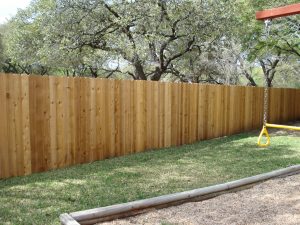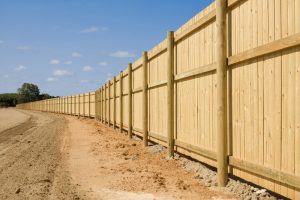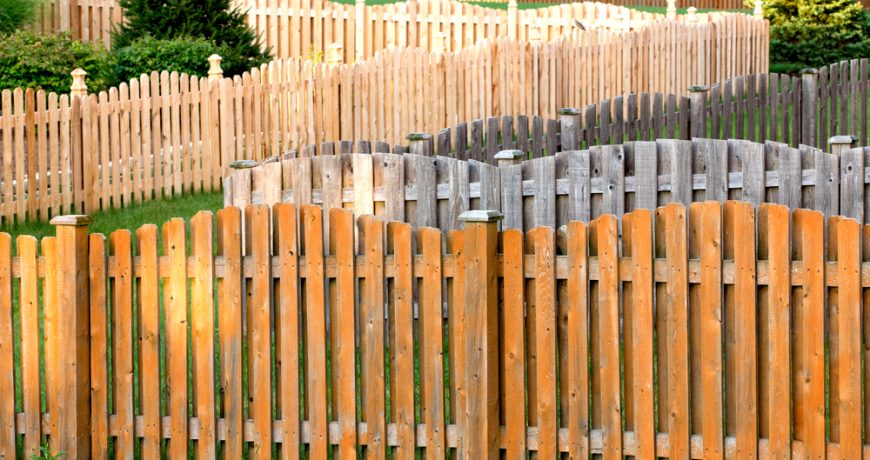Western Red Cedar vs. Pine: Which is Better for Wood Fencing?
Western Red Cedar vs. Pine: Which is Better for Wood Fencing?
If it’s a wood fence you’re after, picking the right type of wood to build it with is essential. Two common options are Western Red Cedar and pine, though you’ll only get optimal and long-lasting results from one of these choices.
Continue reading below as we describe the differences between Western Red Cedar and pine wooden fences, and reveal which is the better option of the two.
Western Red Cedar Fence Pros

Western Red Cedar is known for its durability and the fact that it is naturally resistant to rot and decay, making it ideal for outdoor use. It also contains oils that repel insects like termites and carpenter ants. Thus, a cedar fence is likely to require less maintenance and last longer than a pine fence.
Not to mention, Western Red Cedar is a wood that is known for its natural beauty. This type of wood has a natural reddish-brown color that is highly sought after given its rustic appearance. Plus, it only gets better with time, as cedar will develop a beautiful patina as the years pass that will only enhance its beauty.
Lastly, given how Western Red Cedar is harvested, it’s a more sustainable and environmentally-friendly choice. Many like that it’s a renewable resource that can be harvested and regrown without causing long-term environmental damage.
Western Red Cedar Fence Cons
Though the benefits are overwhelming, there are a few potential drawbacks of Western Red Cedar. For instance, it can be on the pricier side, especially compared to the other types of wood.
Additionally, while it is naturally resistant to rot and decay, you’ll still need to maintain your fence and seal it regularly to keep it protected from the elements. Even still, the large number of benefits of Western Red Cedar outweigh these points.
Pine Fence Pros

There are some advantages to using pine wood in fences, like the fact that it’s widely available and a cheaper option. Since the color of it is light, it’s easy to stain or paint it to match the aesthetic you’re after.
Additionally, pine is one of the lighter woods, so it’s easier to work with during transportation and construction of the fence.
Pine Fence Cons
One of the negatives of pine is that it is very prone to warping. This feature makes it a poor choice for fencing as it can crack, break, and look less than ideal once exposed to the elements.
Additionally, pine wood does not naturally resist decay or is rot-resistant like Western Red Cedar. In some instances, pine wood will be treated with chemicals to be more akin to Western Red Cedar. However, these chemicals can dye the wood a yellow or green color, which isn’t as attractive as the natural hues of Western Red Cedar.
Plus, pine has a lighter color, so you may need to regularly stain the fence to keep it looking how you like.
All in all, these negative qualities of pine wood mean that a pine fence will require more maintenance over time, and may need to be replaced sooner than a fence made from Western Red Cedar.
The Verdict: Western Red Cedar or Pine?
By far, Western Red Cedar is the top option when you want to build a wooden fence. So while pine may be the cheaper option upfront, the long-term benefits of a Western Red Cedar fence make it a worthwhile investment for any homeowner looking to enhance their curb appeal.

